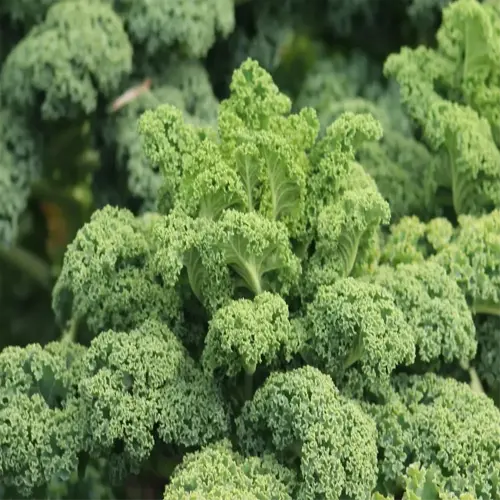Why is my lavender turning gray or dying?

Written by
Olivia Mitchell
Reviewed by
Prof. Samuel Fitzgerald, Ph.D.Gray, dying lavender typically indicates either waterlogged roots or a fungal attack. In one case, the client's lavender plants turned ashy after a series of heavy rains had pooled in the clay soil. They had to replace that clay with a gravel-sand mix to save the remaining plants. With Mediterranean natives, over-watering will suffocate the roots faster than drought.
Diagnosis Tools
- Soil moisture meter checks dampness
- Magnifier detects fungal spores
- pH tester rules out alkalinity issues
Treatment Supplies
- Coarse gravel for mulch
- Copper fungicide spray
- Sterilized pruning shears
Preventing recurrence begins with an 18-inch plant gap for air circulation. I plant lavender near stone paths, which generate heat and dry soil quickly. Avoid overhead watering; a drip line targets roots without wetting leaves. Morning sun burns off dew so that fungi cannot sustain their moisture-gained needs.
Long-term care means recreating the rocky hills that lavender grows on in their native environment. My ten-year-old ‘Hidcote' remains healthy even after being planted in a raised bed with decomposed granite. Terracotta is the best option for pots since its porosity wicks moisture away from the plants. Just remember: lavender thrives with neglect, not fuss, and thrives when less desirable plants are starving for water and nutrients.
Read the full article: How to Grow Lavender: Complete Expert Guide for Success

